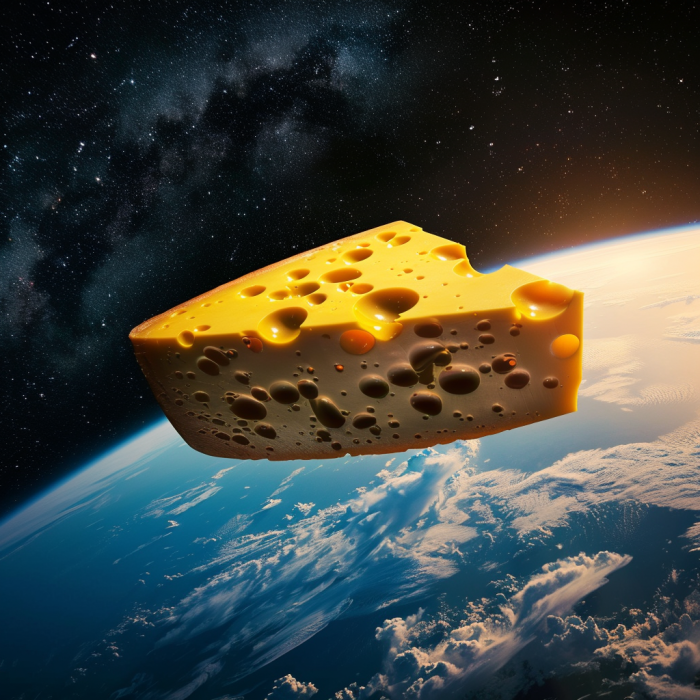How Do Dairy Products Survive Zero Gravity?
MAY 22, 2024

### Preservation of Dairy Products in Space
The storage and preservation of dairy in space require an understanding of how the absence of gravity affects the physical and chemical properties of these products. The typical method for preserving dairy on Earth, such as refrigeration and pasteurization, must be adapted. Without the pull of gravity, the stability of emulsions in dairy products like milk and cheese can be compromised, leading to separation and spoilage. Additionally, the lack of convection currents in zero gravity means that heat transfer is different, thus necessitating novel technologies for thermal processing.
### Microbiological Safety Concerns
Microgravity impacts the growth and metabolism of microorganisms. Studies have shown that certain bacteria can exhibit increased virulence in space. This presents a significant challenge for dairy safety as spoilage microorganisms and pathogens like Listeria monocytogenes, Escherichia coli, and Salmonella could become more problematic. Thus, it becomes critical to employ advanced techniques in dairy microbiology to ensure safety. Techniques such as high-pressure processing (HPP) and ultra-high temperature (UHT) treatments could be pivotal in ensuring that dairy products are microbiologically safe for space consumption.
### Changes in Cheese Composition and Texture
Cheese, a complex medium, is particularly susceptible to changes under zero gravity. The ripening process, which depends on microbial activity, enzyme action, and proper moisture and oxygen levels, could be significantly altered. For instance, proteolysis and lipolysis, critical processes in cheese maturation, may not proceed normally, affecting flavor, texture, and nutritional quality. Understanding these alterations would guide the development of space-compatible cheese varieties.
### Sensory Evaluation in Space
Sensory attributes such as taste, smell, and mouthfeel are crucial when considering dairy consumption in space. Research indicates that astronauts often experience a diminished sense of taste and smell due to nasal congestion caused by fluid shift. This could impact the sensory evaluation of dairy products, making them less enjoyable, which is concerning given the importance of morale on long missions. Consequently, sensory scientists need to consider enhancing flavor profiles and textures to compensate for these alterations.
### Technological Interventions and Future Research
Future research must focus on developing technological interventions to adapt traditional dairy processing methods for space conditions. One potential solution includes encapsulation techniques to protect the integrity of dairy emulsions. Another promising area is the genetic modification of dairy cultures to better withstand microgravity. Advancements in biotechnology might offer probiotics tailored for space conditions, optimizing gut health for astronauts consuming dairy products.
In conclusion, the ability to safely consume dairy products in space necessitates addressing a range of scientific and technological challenges. By ensuring proper preservation, microbiological safety, and satisfactory sensory experiences, we can make dairy a staple in the diet of space travelers, contributing to their nutrition and well-being on long-duration missions.
More in Cheese Science
June 05, 2024
What Scientific Knowledge Underpins the Production of Havarti Cheese?
May 22, 2024
How Do Dairy Products Survive Zero Gravity?
May 18, 2024
What Defines the Unique Essence of Emmental Cheese?
March 24, 2024
How Does the Union of Cheese and Coffee Elevate Culinary Experience?
February 19, 2024
Unveiling the Science Behind Florette: Mastery in Cheese Making
January 27, 2024
The Multidimensional Role of Tyrosine in Cheese Maturation: A Biochemical Exegesis
January 24, 2024
The Myriad Intricacies of Cheese as a Valentine's Day Comestible
January 18, 2024
The Scientific Symphony of Parmigiano Reggiano Production